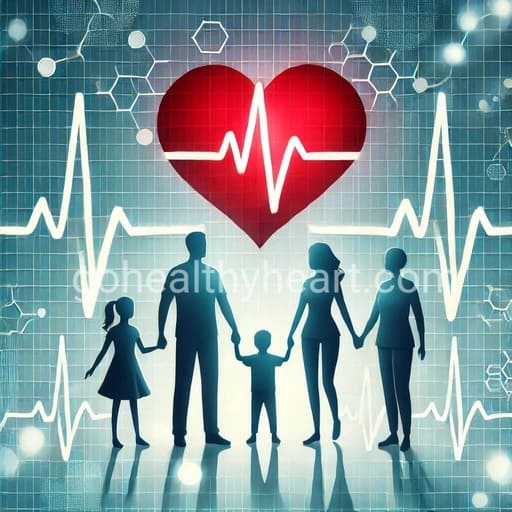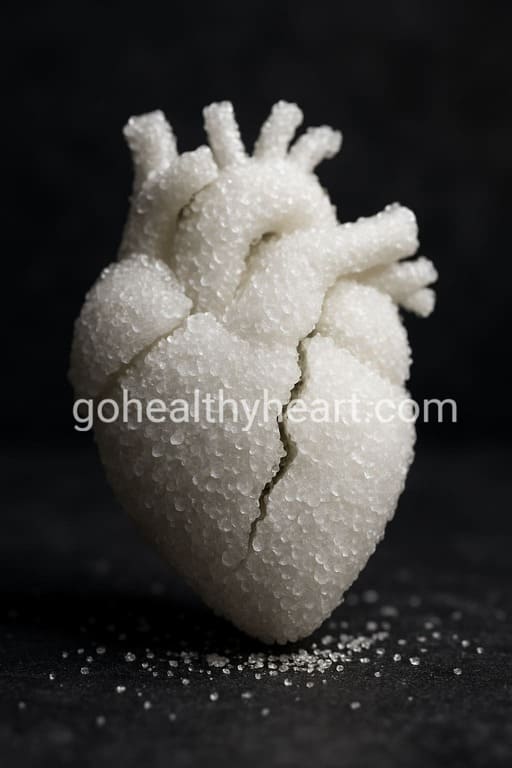Early Warning Signs of Coronary Artery Disease

Table of Contents
- Introduction
- Common Early Warning Signs of Coronary Artery Disease
- CAD Symptoms in Women vs. Men
- Risk Factors for Coronary Artery Disease
- Diagnosing Coronary Artery Disease
- Preventive Measures for CAD
- Frequently Asked Questions (FAQs)
- Conclusion
Introduction
Coronary artery disease (CAD) is a leading cause of heart-related complications worldwide, including in India. It occurs when the coronary arteries, responsible for supplying oxygen-rich blood to the heart, become narrowed due to plaque buildup. Identifying CAD early can significantly improve health outcomes and reduce the risk of severe complications like heart attacks. In this article, we will explore the early warning signs of CAD, risk factors, gender-specific symptoms, and preventive measures, helping Indian patients and their families stay informed and proactive about their heart health.
Common Early Warning Signs of Coronary Artery Disease
Recognizing the early signs of CAD is crucial for timely medical intervention. While symptoms can vary from person to person, some common warning signs include:
1. Chest Pain (Angina)
Angina is one of the most common symptoms of CAD. It manifests as discomfort, tightness, or pressure in the chest, often triggered by physical exertion or stress. This pain may radiate to the arms, neck, jaw, back, or stomach. According to Penn Medicine, angina occurs when the heart does not receive enough oxygen-rich blood due to narrowed arteries.
2. Shortness of Breath
Shortness of breath, even with mild physical activity, can indicate reduced blood flow to the heart. The CDC states that difficulty breathing can occur due to the heart’s inability to pump efficiently when arteries are partially blocked.
3. Fatigue and Weakness
Unexplained fatigue, especially during routine activities, can be an early sign of CAD. The NHS notes that individuals with reduced blood supply to the heart often feel exhausted, even when well-rested.
4. Heart Palpitations
Irregular heartbeats or sensations of a fluttering or pounding heart may indicate an underlying heart condition. MMI Pakistan highlights palpitations as a potential symptom of premature CAD, particularly in younger individuals.
5. Dizziness or Lightheadedness
Feeling dizzy or lightheaded, particularly when standing up quickly or after minimal exertion, can signal reduced oxygen supply to the brain due to inadequate heart function.
6. Swelling in the Lower Extremities
Fluid retention, leading to swollen ankles, feet, or legs, may be a sign of heart inefficiency. When blood circulation is impaired, excess fluid can accumulate in the extremities, a condition known as edema.
CAD Symptoms in Women vs. Men
Women often experience different symptoms of CAD compared to men. While men typically report classic angina, women are more likely to have atypical symptoms, which may include:
- Jaw or Back Pain: Discomfort in the back or jaw, sometimes without chest pain.
- Nausea and Vomiting: Gastrointestinal discomfort can sometimes be mistaken for acid reflux.
- Extreme Fatigue: Persistent exhaustion unrelated to activity levels.
According to The CDC, these differences often lead to misdiagnosis or delayed treatment in women. Therefore, it is crucial to recognize and address these symptoms promptly.
Risk Factors for Coronary Artery Disease
Certain factors increase the likelihood of developing CAD. Some of the most common risk factors include:
- High Blood Pressure and Cholesterol: Excess cholesterol leads to plaque buildup in the arteries, restricting blood flow.
- Smoking: Damages blood vessels and accelerates plaque formation.
- Diabetes: Increases inflammation and promotes arterial damage.
- Obesity and Sedentary Lifestyle: Excess weight and lack of physical activity contribute to poor cardiovascular health.
- Genetics and Family History: Individuals with a family history of heart disease have a higher predisposition to CAD.
Diagnosing Coronary Artery Disease
Medical professionals use several diagnostic tools to detect CAD, including:
- Electrocardiogram (ECG): Measures the heart’s electrical activity.
- Stress Test: Assesses heart function under physical exertion.
- Coronary Angiography: Uses contrast dye and X-rays to visualize blockages.
- CT Coronary Angiogram: Provides a detailed image of the coronary arteries.
Preventive Measures for CAD
The best way to reduce the risk of CAD is by making heart-healthy lifestyle changes, such as:
- Eating a Balanced Diet: A diet rich in fruits, vegetables, whole grains, and lean proteins can help lower cholesterol and blood pressure.
- Regular Exercise: At least 30 minutes of moderate exercise, such as walking or cycling, most days of the week.
- Quitting Smoking: Avoiding tobacco significantly improves heart health.
- Managing Stress: Practicing mindfulness, meditation, or yoga can lower stress levels and promote cardiovascular well-being.
- Regular Health Check-ups: Routine screening for cholesterol, blood pressure, and diabetes can help detect CAD early.
Frequently Asked Questions (FAQs)
The first indicator is often chest pain (angina), characterized by tightness or discomfort in the chest, especially during physical activity.
Yes, with proper lifestyle modifications, medications, and regular medical monitoring, individuals with CAD can lead normal and fulfilling lives.
Common symptoms include chest pain, shortness of breath, dizziness, and fatigue. Diagnostic tests like an ECG, stress test, or angiography can confirm arterial blockages.
While there are no definitive at-home tests, monitoring blood pressure, heart rate, and being aware of symptoms like angina and breathlessness can help detect potential concerns early.
Foods high in trans fats, saturated fats, and cholesterol—such as fried foods, processed meats, and sugary beverages—can contribute to artery blockage.
Yes, some people may have CAD without noticeable symptoms, a condition known as silent ischemia, which can only be detected through medical evaluation.
If you experience persistent chest pain, breathlessness, dizziness, or swelling in the lower extremities, consult a healthcare provider immediately.
Conclusion
Coronary artery disease is a serious but manageable condition when detected early. By recognizing the warning signs and adopting preventive measures, individuals can significantly lower their risk of complications. If you or a loved one experience any symptoms discussed in this article, consult a healthcare professional immediately. Staying informed and proactive is the key to maintaining a healthy heart.


